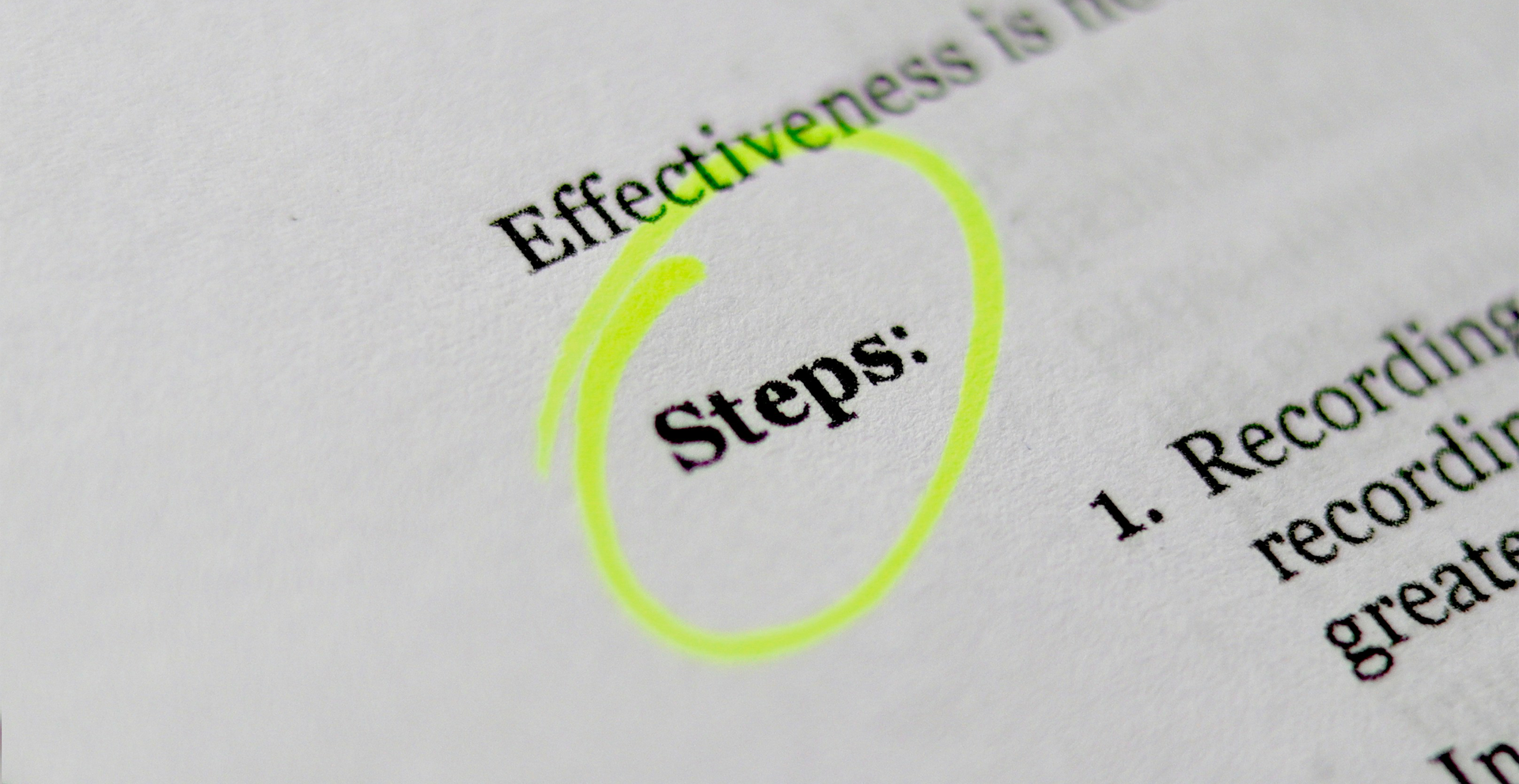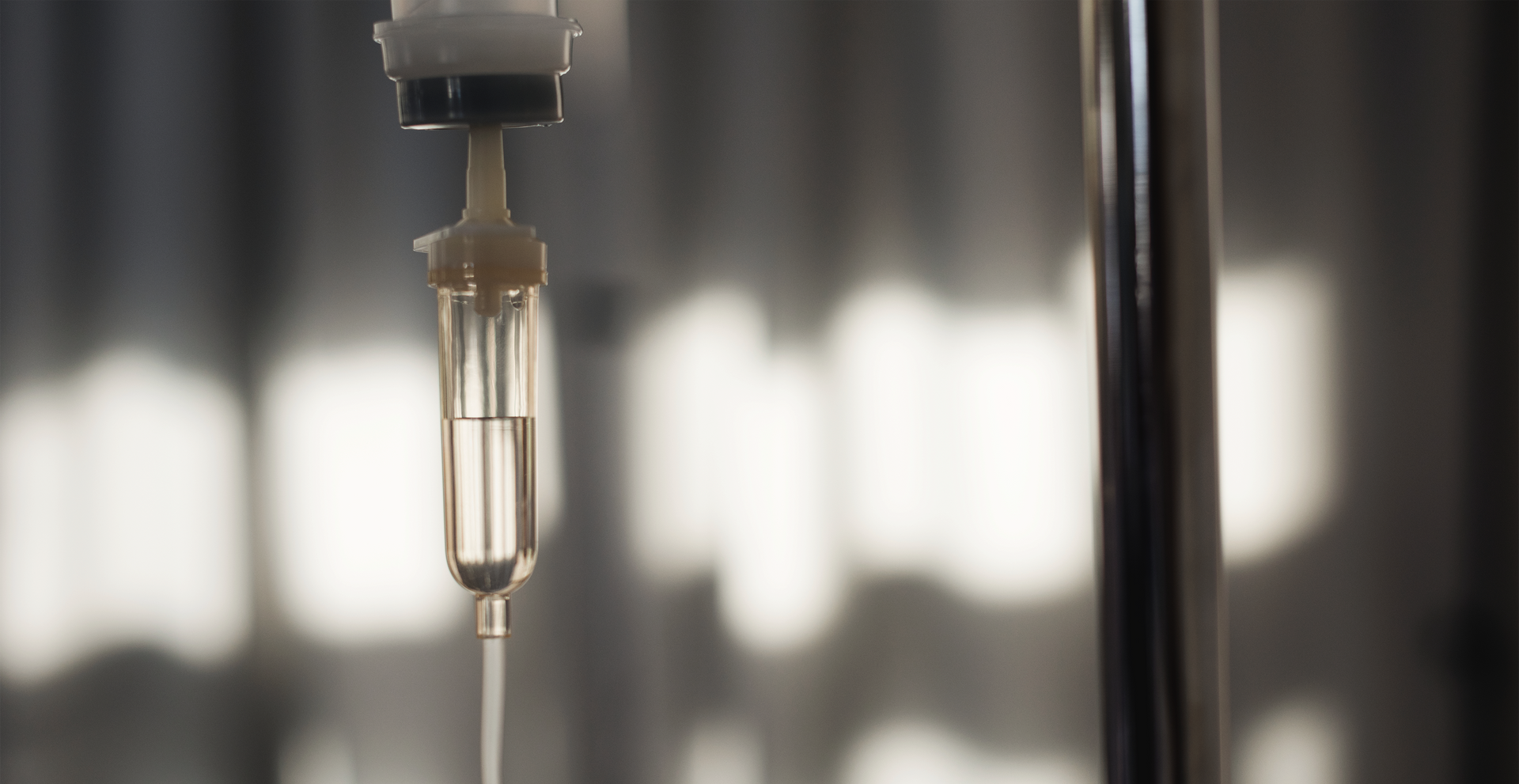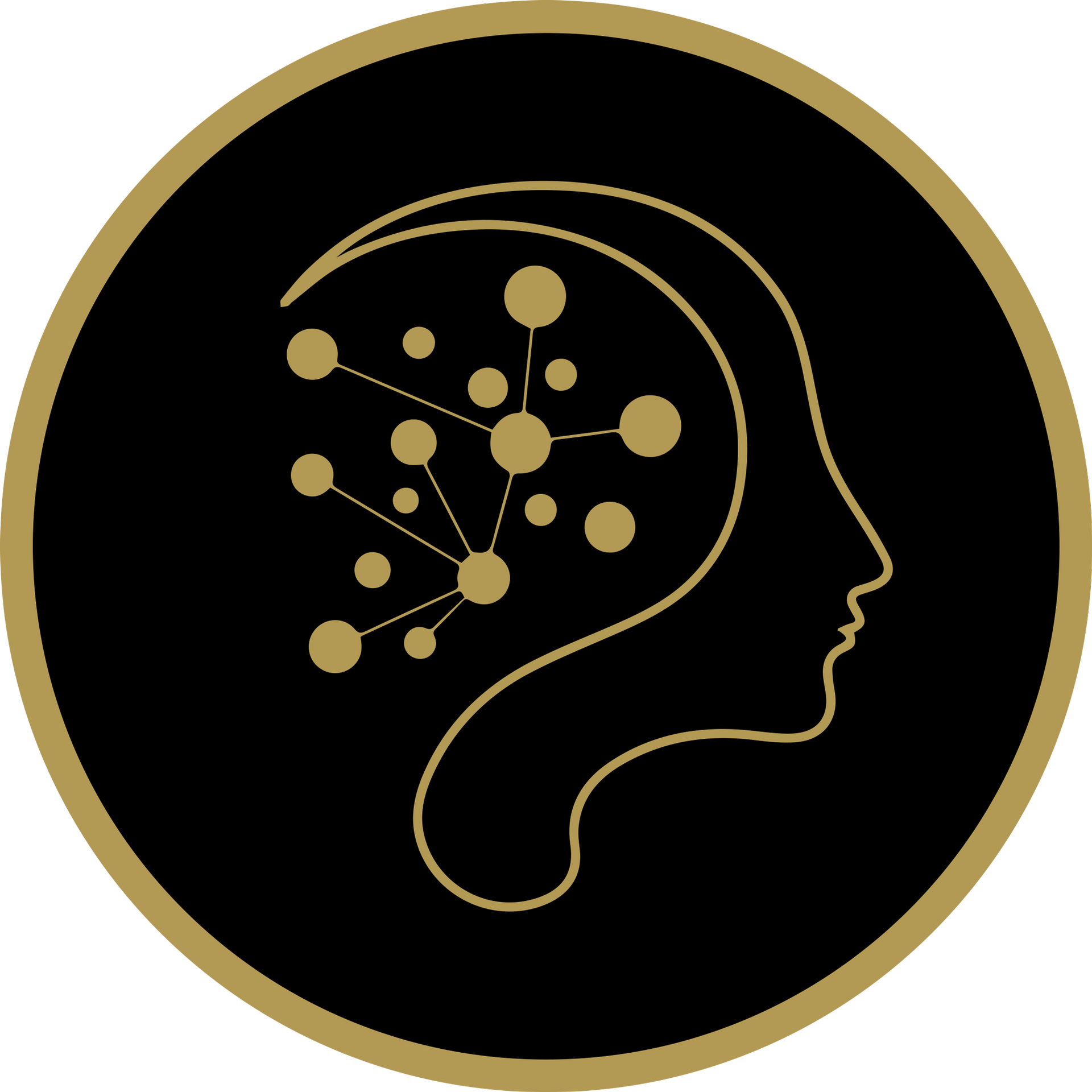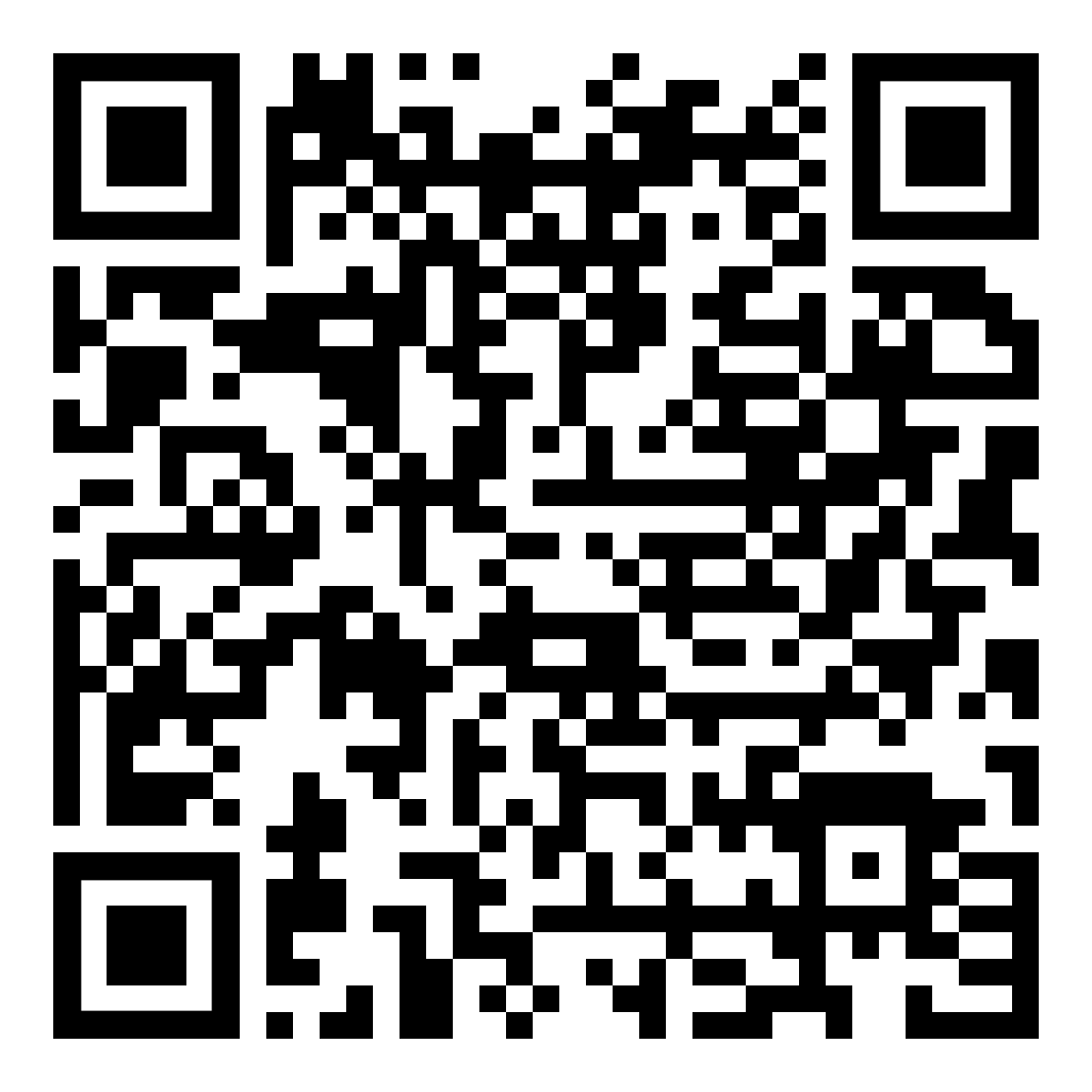Ketamine vs. TMS: Key Differences and Similarities
At Southwest Florida TMS and Ketamine Clinic, we understand how difficult it can be to manage severe mental health conditions when traditional treatments aren’t effective. That’s why we specialize in two innovative therapies:
Transcranial Magnetic Stimulation (TMS) and
ketamine therapy. In this article, we’ll explore the key similarities and differences between these treatments to help you determine which option may be right for you.
What is TMS?
Transcranial Magnetic Stimulation (TMS) is a
non-invasive,
FDA-approved
treatment that uses magnetic fields to stimulate specific brain regions involved in mood regulation. It's primarily used for treatment-resistant depression (TRD), but is effective for several conditions. Unlike
electroconvulsive therapy (ECT), which is commonly mistaken with TMS, the treatment is performed on an outpatient basis without anesthesia.
How TMS Works
During TMS therapy, an electromagnetic coil is placed against the scalp. For depression, the coil is placed over the
dorsolateral prefrontal cortex (DLPFC), a region that appears to be underactive in depressed patients. The magnetic pulses induce neuronal activity and enhance
neuroplasticity–the brain’s ability to change and form new connections. This process can help increase the function of nerve circuits associated with mood, resilience, and emotional regulation.
Conditions Treated with TMS
Beyond depression, TMS has been approved for obsessive-compulsive disorder (OCD), smoking addiction and migraines. It may also be used “off-label” for various other mental health disorders such as post-traumatic stress disorder (PTSD), bipolar disorder, and anxiety. The term off-label means the treatment hasn’t been approved by the FDA for a specific condition, but there is strong clinical evidence to support its benefits.
What is Ketamine Therapy?
Ketamine was initially developed as an anesthetic but has more recently emerged as a rapid-acting antidepressant, especially in TRD. Evidence shows ketamine is also beneficial for anxiety disorders, PTSD, OCD, eating disorders, bipolar disorders and addiction.
Unlike TMS, ketamine isn’t FDA approved for depression treatment, or any other mental health conditions, and instead is used off-label.
Spravato (esketamine) is a nasal spray version of ketamine that has been FDA approved, but only for treating TRD and depression with suicidal ideation (MDSI).
How Ketamine Works
Ketamine interacts with
NMDA receptors in the brain, which has many downstream effects. Like TMS, ketamine increases
neuroplasticity, helping enhance neural pathways implicated in wellbeing and “re-wire” dysfunctional ones. Ketamine also increases activity in the prefrontal cortex, similar to TMS, but its effects are more widespread.
TMS vs. Ketamine: Comparing Effectiveness
Speed of Relief
- TMS: TMS typically requires 30–36 sessions over 4–6 weeks, with benefits becoming apparent within the first two weeks following treatment.
- Ketamine: Ketamine can provide rapid relief from mental health disorder symptoms, often felt within hours to days following a dose. An initial course typically includes two sessions a week for about a month.
Response Rates
- TMS: Studies show that 50–60% of individuals with TRD experience significant improvement, and about one-third achieve complete remission.
- Ketamine: Around
50% of TRD patients respond to ketamine, with 30% achieving full remission.
Sustained Benefits
- TMS: For many patients, TMS provides long-lasting relief from depression. However, some patients require maintenance sessions to sustain the effects. A long-term study of TRD patients found 62.5% of those who responded to TMS maintained progress one year after treatment. For those who relapsed, it took six months for symptoms to return.
- Ketamine: The antidepressant effects of ketamine can last several weeks following a course of treatment. However, for sustained long-term relief, the majority of patients tend to need maintenance boosters. The number of boosters per month or year will vary from person to person.
TMS vs. Ketamine: Side Effects and Safety
TMS Side Effects
TMS is considered safe and is well-tolerated by most patients. Potential side effects include:
- Mild scalp discomfort or tingling during treatment
- Occasional headaches, which usually resolve on their own
- Temporary hearing changes (ear protection is provided)
In rare cases,
TMS may trigger seizures
or induce mania. However, these effects are extremely uncommon.
Ketamine Side Effects
Ketamine therapy is known for its more pronounced side effects, including:
- Dissociation (feeling detached from reality)
- Dizziness or nausea during and after treatment
- Temporary
increases in blood pressure and heart rate
Because of its psychoactive effects, ketamine has a
potential for misuse. Chronic recreational use can lead to bladder damage, memory issues, and cognitive impairment. While ketamine is safe in a clinical setting, its effects may not be suitable for everyone.
TMS vs. Ketamine: Cost Comparison
TMS Costs and Insurance Coverage
TMS therapy typically costs $6,000–$12,000 for a complete treatment course. However, since TMS is FDA-approved for depression, it is often covered by insurance, including Medicare and Medicaid. Our team at South West Florida and TMS will help you navigate insurance to help make the treatment as financially viable as possible.
Ketamine Costs and Insurance Coverage
Ketamine therapy tends to be more expensive than TMS because it’s not approved, so insurance options are more limited. Infusions cost between $400 and $1000 per infusion, depending on the provider and what’s included in a session.
Our clinic currently doesn’t accept any insurance for ketamine treatment. However, we have affordable payment options available and our team will work with you to develop a financial plan that suits your needs.
For people struggling with TRD or MDSI, you could also consider Spravato as a financially accessible alternative to ketamine infusions. Spravato is mostly covered by insurance because of its FDA approval.
TMS or Ketamine: Suitability
Not everyone is suitable for TMS or ketamine. Certain conditions mean you may be at increased risk of physical and psychological side effects.
You may not be suitable for TMS if you have:
- A history of seizures or epilepsy
- Implanted metal devices (e.g., aneurysm clips, pacemakers) in or near the head
- Certain neurological conditions affecting brain function
You may not be suitable for ketamine if you have:
- A history of substance use disorder (due to its potential for abuse)
- Uncontrolled high blood pressure or a history of heart disease and complications
- A history of psychosis or schizophrenia
Which Treatment is Right for Me?
If you’re eligible for both TMS or ketamine and can’t decide which would be better suited to your healing needs. Here are some things you want to consider:
- Effectiveness & Symptom Profile: If you prefer a non-invasive, long-term treatment with gradual improvements, TMS may be a better fit. Whereas, if you need rapid symptom relief, particularly for suicidal thoughts, ketamine may be more suitable.
- Side Effects & Tolerability: Ketamine’s side effects are generally more pronounced than TMS
- Convenience & Accessibility: TMS requires daily sessions for several weeks, making it a time commitment. Ketamine infusions are less frequent but require monitoring due to potential dissociative effects.
- Cost & Insurance Coverage:
TMS is FDA-approved for depression and often covered by insurance. Ketamine is typically not covered for depression, making it a more expensive out-of-pocket option. However, you could consider Spravato as a financially viable option if you have TRD and MDSI.
If you want to know more about TMS, ketamine, or Spravato, contact one of our team members at Southwest Ketamine and TMS Clinic today.
MENTAL HEALTH SERVICES
BOOK A CONSULTATION
Knowing that you are not alone is of utmost importance. Seek assistance for depression today!
OUR SERVICE SUPPORTS MENTAL WELLNESS
- Depression
- Lack of Joy
- Sadness and Despair
- Low Mood
- Lethargy
- Insomnia
- Oversleeping
- Social Isolation
- Self-Harm
- Substance Abuse
- Suicidal Ideation
- Alcoholism









